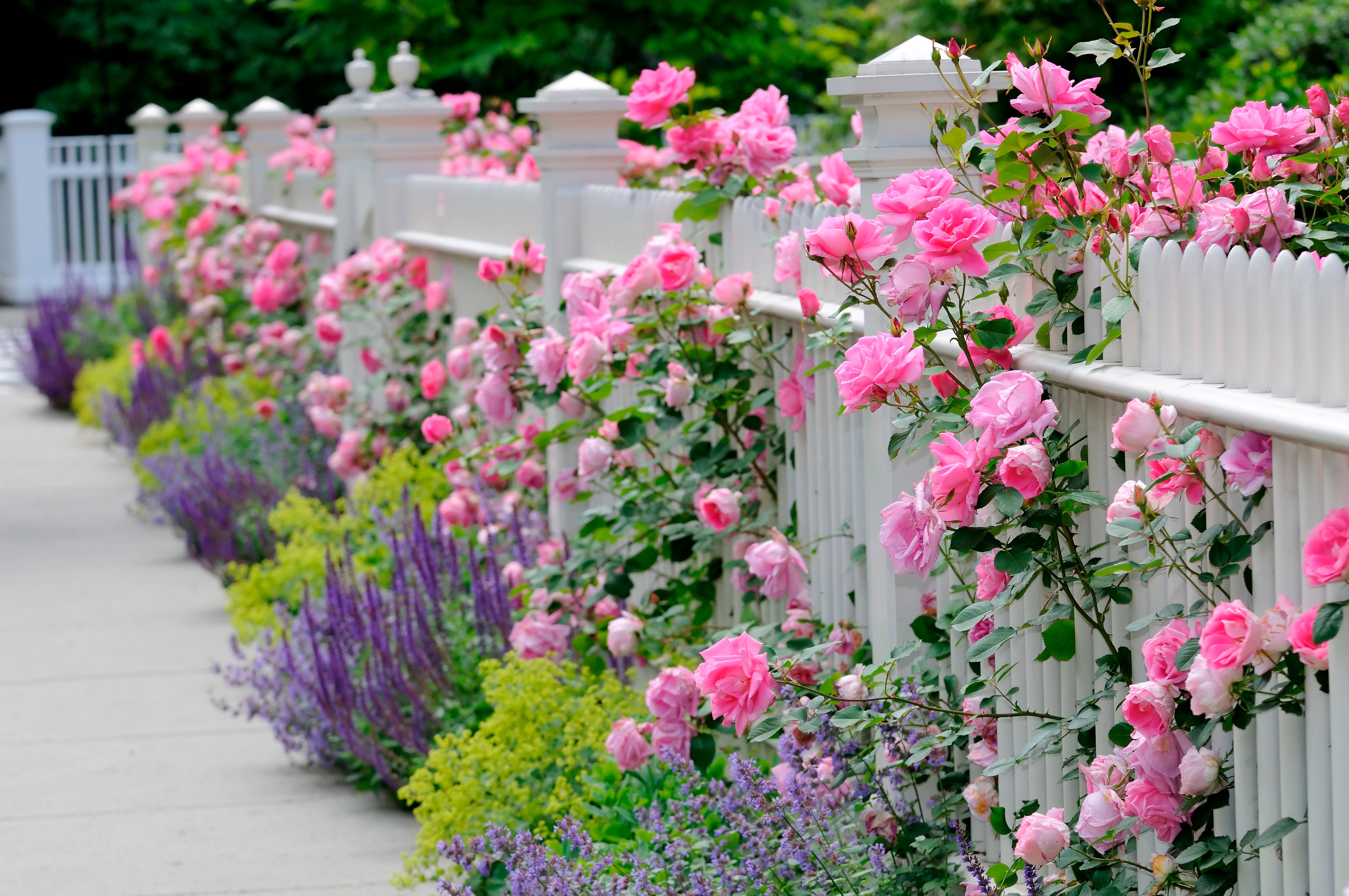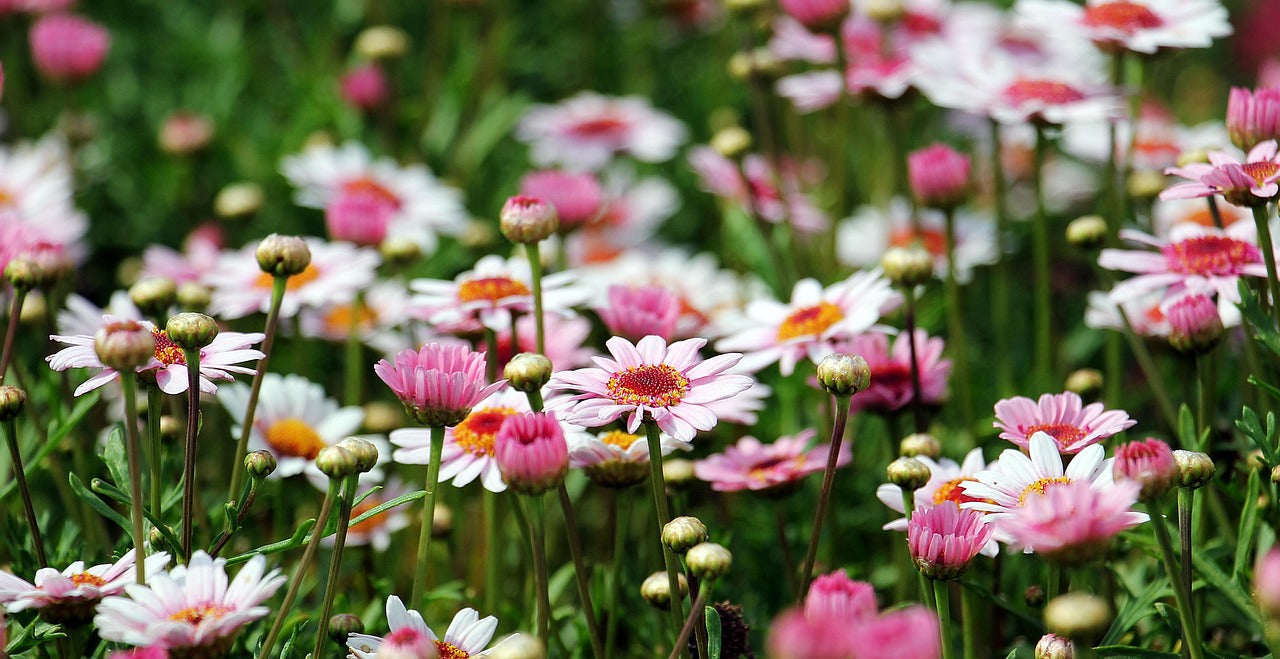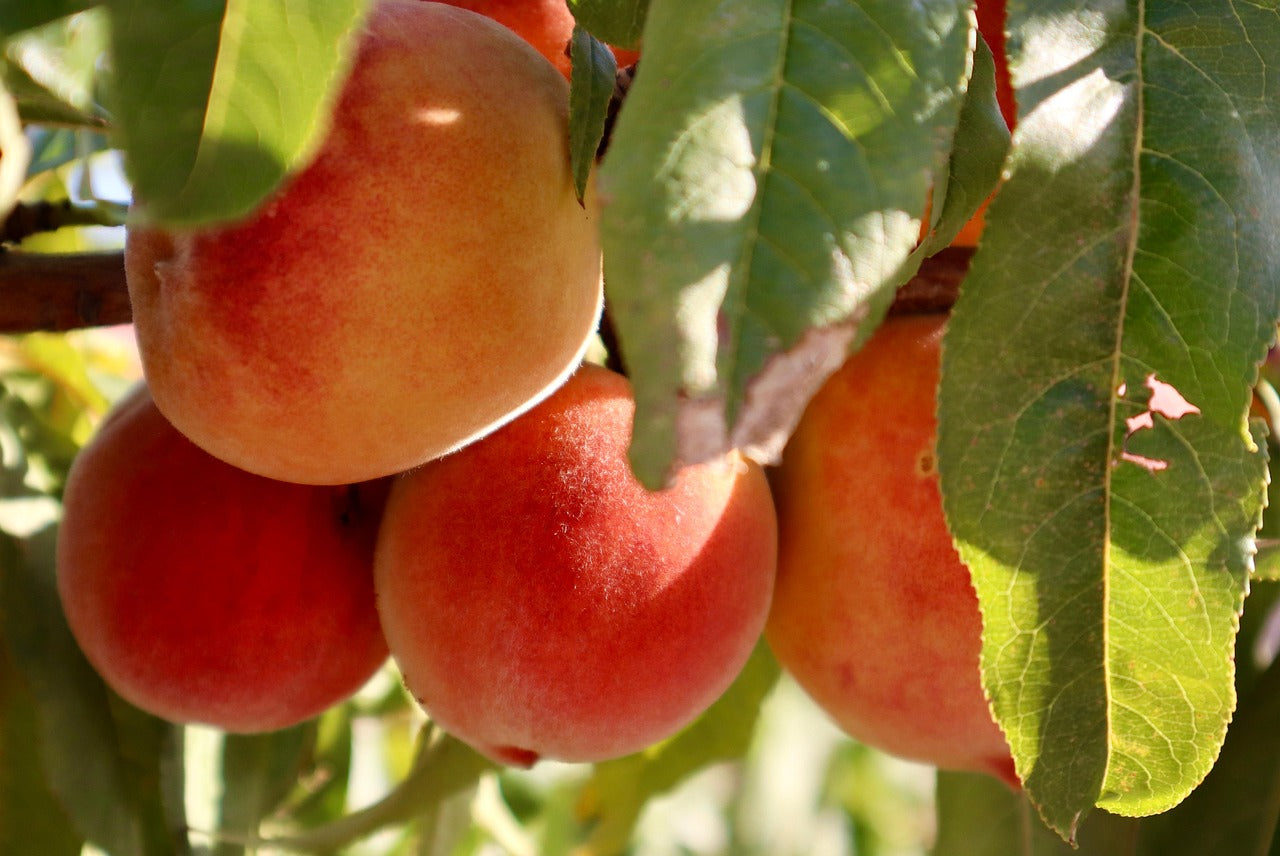Climbers have stiff stems and larger flowers. Ramblers have long pliable stems and generally bear large trusses of small flowers.
Types of Roses
Climbers: Have stiff stems and larger flowers. Many varieties specifically bred as climbers will give continuity of bloom so are desirable for garden displays. Ramblers: Have long pliable stems and generally bear large trusses of small flowers. First choice for arches and pergolas. They are the easiest to train as their shoots are pliable and can be easily bent.Training
Climbing roses must be trained from the outset to ensure they grow in the desired direction. This does not mean that the stems should be allowed to grow vertically. If this happens the usual result is a mature plant which bears its leaves and flowers at the top. To prevent this happening, train the main shoots as horizontally as possible. This interruption of the free upward movement of the sap causes lateral branches to appear. It is these laterals which bear the flowers and provide both height and cover. Espalier or Fan training is fine for a climbing rose against a wall, fence or trellis screen. Plant 3 metres apart and 30cm away from the wall or fence post. In the second year, train the first year’s canes out as horizontally as possible, pruning them back by one third to encourage new shoots to rise along their length. When covering a pillar or tripod wind the canes in the ascending spiral around the upright posts. The ties used to attach the main stems to the supports should not be tied too tightly as these stems thicken with age. Use plastic covered wire or old panty-hose. Do not wind the young stems around the straining wires of the fence.Pruning
While annual pruning for bush roses is essential to induce vigour and encourage free flowering, it is less crucial for climbers and ramblers as these tend to be so vigorous anyway. Climbers: For the first two years, climbers should receive little pruning except to remove wayward shoots and to develop the desired framework of canes. The younger strong shoots are not shortened back but are attached to the support to fan out evenly. Side growths or laterals from these canes will bear flowers. These laterals can be cut back to within a couple of buds of the main canes when picking the flowers. Winter pruning of mature climbers consists of shortening laterals to 2-3 buds from their main base. Dead head regularly and occasionally remove an entire old stem and tie in a new shoot to replace it. Apply a winter clean-up spray immediately after pruning. Ramblers: These flower on previous seasons wood and should be pruned in February after they finish flowering. They produce several stems from their base each year. Cut back the stems that have borne flowers to ground level, leaving new stems to be tied in. New stems will have time to ripen before next summer when they will bear flowers. In practice, taking down the old canes of very vigorous ramblers may not be possible. In this case, just cut back the lateral branches to about 75mm from the main stems. Ramblers cascading from trees or scrambling through shrubs in the wilder parts of the garden are probably best left to themselves once established. Bush roses: Pruning cuts should be made at 45o angles, the upper point being approx. 5mm above the growth bud. Remove all weak, soft or small growths from the plants. Cut out old wood and wood that has died back. These two steps leave only well matured wood. Reduce its height. Do this by cutting off surplus growth about 5mm above an outward facing bud. The aim of this pruning is to keep the past season’s firm wood within the lower two thirds of the plant as a base from which spring flowers will arise. Cuts to the bud union should be flush with it. Stubs that are left may die back into the union allowing disease to enter.Pests and Diseases
Yates Rose Gun is great for eliminating pests and diseases such as Black Spot, Whitefly, Aphids and more. For organic gardeners Nature’s Way Citrus, Vegie & Ornamental Insect Spray is effective against aphids.Dead Heading
As flowers fade they should be removed to encourage more flowers. Development of rose hips can inhibit flower production. Combine this task with picking for the Vase
This ‘How To’ Guide has been produced to provide basic information and our experienced staff are available to answer any questions that you may have. Because this guide is of a general nature, neither Palmers nor its staff are responsible for the application of the information, as the contents may need to be modified for individual projects and site applications.





